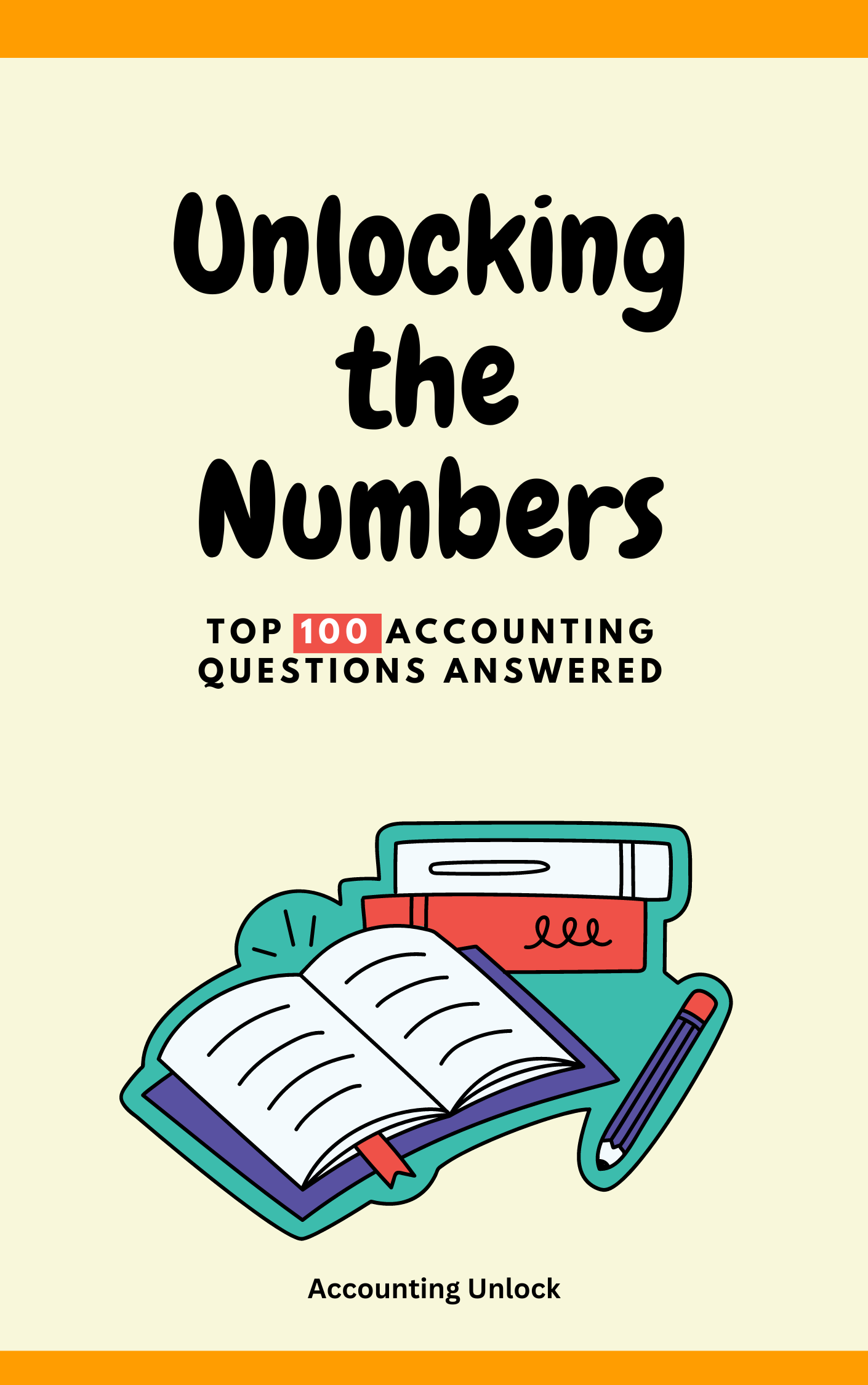Ah, young financial detectives! Ever dreamt of building a lemonade stand so epic, ants line up for miles for a sip? Well, “failure costs” are like the sneaky gremlins in your stand, stealing your sunshine and shrinking your profits! Think of them as the money wasted when things don’t go quite as planned, like a leaky cup or a sour batch.
Imagine you’re a master mixologist with the Midas touch, turning lemons into liquid gold. Your stand buzzes with customers, but sometimes, even the best lemonade can go awry. Maybe your lemons are a bit too tart, or the wind sends a sugar shower into a customer’s hair. Those oops moments, the wasted lemons and grumpy customers, are your failure costs.
Why are failure costs important in accounting?
- Profit protectors: Understanding failure costs helps you identify sneaky gremlins draining your profits, like spotting that leaky cup and plugging it with a new gasket (or maybe just tape, if you’re on a budget!).
- Efficiency boosters: Tracking failure costs shows where things are going wrong, like that sour batch clueing you in to maybe needing fresher lemons. Fix those weak spots, and your stand becomes a profit powerhouse!
- Smarter decisions: Knowing your failure costs helps you make smarter choices, like deciding if that fancy, fragile glass is worth the risk of more grumpy customers and wasted lemonade.
How are failure costs handled in accounting?
- Internal vs. external: Failure costs come in two flavors: internal, like wasted ingredients, and external, like returns and refunds. Think of it as gremlins hiding inside your stand (internal) and ones causing havoc outside (external).
- Tracking the gremlins: Accountants use formulas and tools to track these costs, like a special gremlin-catching net that scoops up every wasted drop and grumpy customer complaint.
- Financial statements: You won’t see “failure costs” directly on a statement, but their impact is hidden in things like lower profits and higher expenses. Be a financial detective and sniff out those gremlins!
Key points about failure costs:
- Costs incurred from products or services failing to meet quality standards.
- Include internal (within the company) and external (customer-facing) costs.
- Important for profit improvement, efficiency checks, and making informed decisions.
Remember, young sleuths, mastering failure costs is like having a magic flashlight revealing hidden profit leaks. It equips you to improve efficiency, make wise choices, and turn your financial dream stand into a sunshine-fueled success! So keep learning, keep exploring, and keep squeezing out every drop of potential from your entrepreneurial journey!





